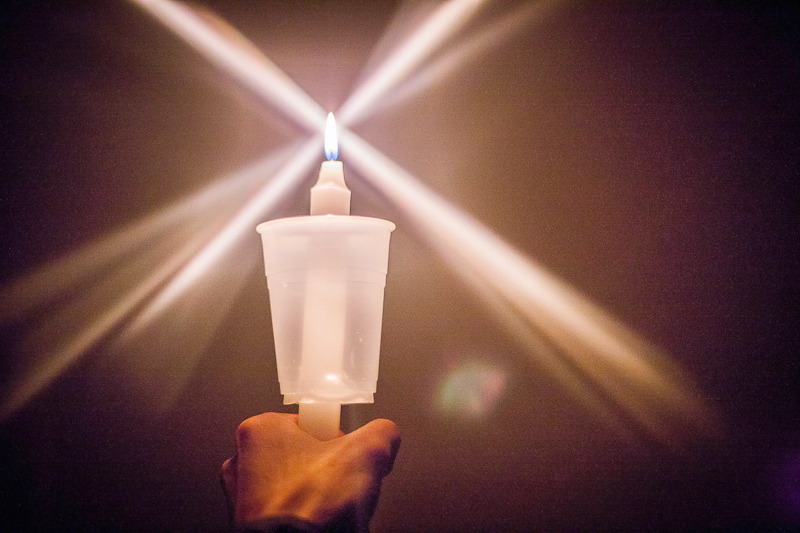Silence filled the air outside the U.S. Embassy in Ottawa on Nov. 25 as hundreds of demonstrators fell quiet for four and a half minutes to remember the four and a half hours Michael Brown’s body lay in the street after being shot.
On Nov. 24, a Saint Louis County grand jury announced Ferguson police officer Darren Wilson would not be indicted for the Aug. 9 shooting death of 18-year-old black teenager Michael Brown in Ferguson, Miss. The decision fuelled unrest in Ferguson and has sparked demonstrations across the continent.
Organizer Bilan Arte wrote in an email that the Ottawa event was “a space for mourning, not only for Michael Brown . . . but also for countless other racialised lives taken by law enforcement each day.”
Black people are disproportionately represented in police brutality statistics, according to Centers for Disease Control data published by Mother Jones in September. Between 1968 and 2011, black people were on average 4.2 times more likely to be shot and killed at the hands of law enforcement than white people in the U.S.
According to second-year Carleton student Roua Aljied, the vigil went well, but was accompanied by “a lot of tension.”
She explained in an email that “non-black individuals . . . seemed to be unsure of where they should stand in terms of supporting us.”
Prior to the event, Arte posted a message on Facebook asking non-black attendees to “stand behind black folks” and to refrain from speaking with the media.
“Remember that you are there in support of black folks, so should never be at the centre of anything,” she said.
The post ignited a heated discussion on social media. One Facebook user asked: “Is this an anti-racist rally or a pro-segregation one?”
Aljied said she was supportive of Arte’s request. “No one but a black person can ever understand the pain felt by anti-blackness. Our voices have been muffled and shut down for centuries and we are tired, ” she said.
Zachary Morris, a non-black first-year Carleton student who attended the vigil, said the request was understandable.
“White people’s voices are often heard a lot louder, and get a lot of attention,” he said.
Carleton sociology professor Amina Mire said she thinks telling non-black allies to stay in the background may perpetuate discrimination based on skin colour. “You are actually drawing a line. You are drawing the line on the skin, not on what people do,” she said.
According to Arte, the request was made because “it is most important [that] those directly affected by violence are given the space to direct the conversation and share their feelings and experiences.”
Mire called it “inappropriate” to decide at a public event like the vigil who could and couldn’t talk to the media. If organizers wanted to direct the conversation, they should “organize a forum where you bring victims of racial violence and racial profiling to speak,” she said.
Aljied said she thinks black people shouldn’t be told how to organize their vigils and protests.
“I need allies to start listening to us and to start acting on the suggestions and requests we have made,” she said.
The vigil was not a silent one. Organizers shared an open letter written by Ferguson residents called “We are living an American Horror Story,” and read aloud a list of black people killed at the hands of the law.
Racial violence continues to be an issue that is ignored and delegitimized, according to Arte. However, she wrote that at the vigil it was “motivating to meet with other activists . . . and make a promise for action moving forward.”






